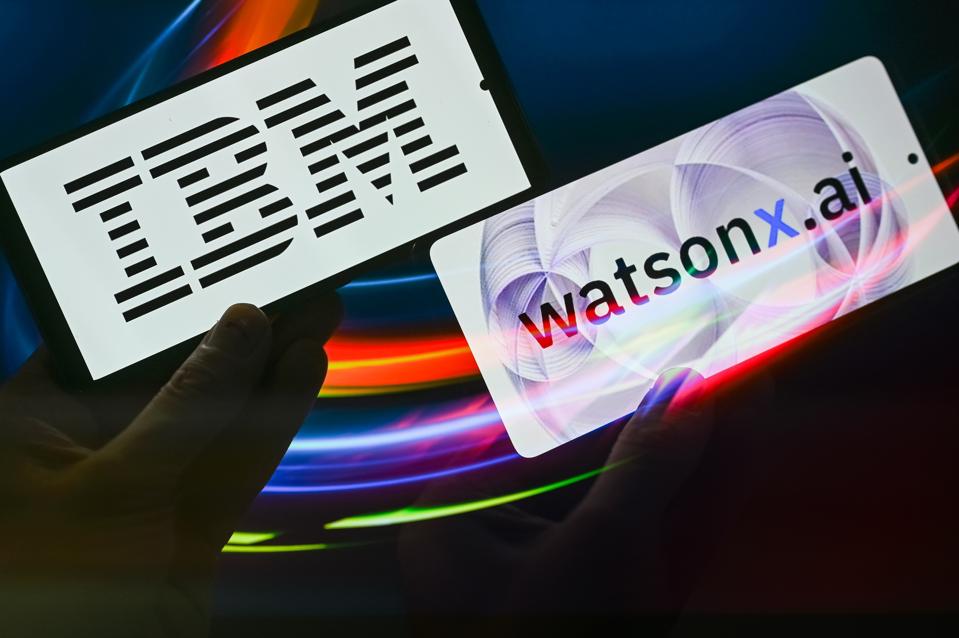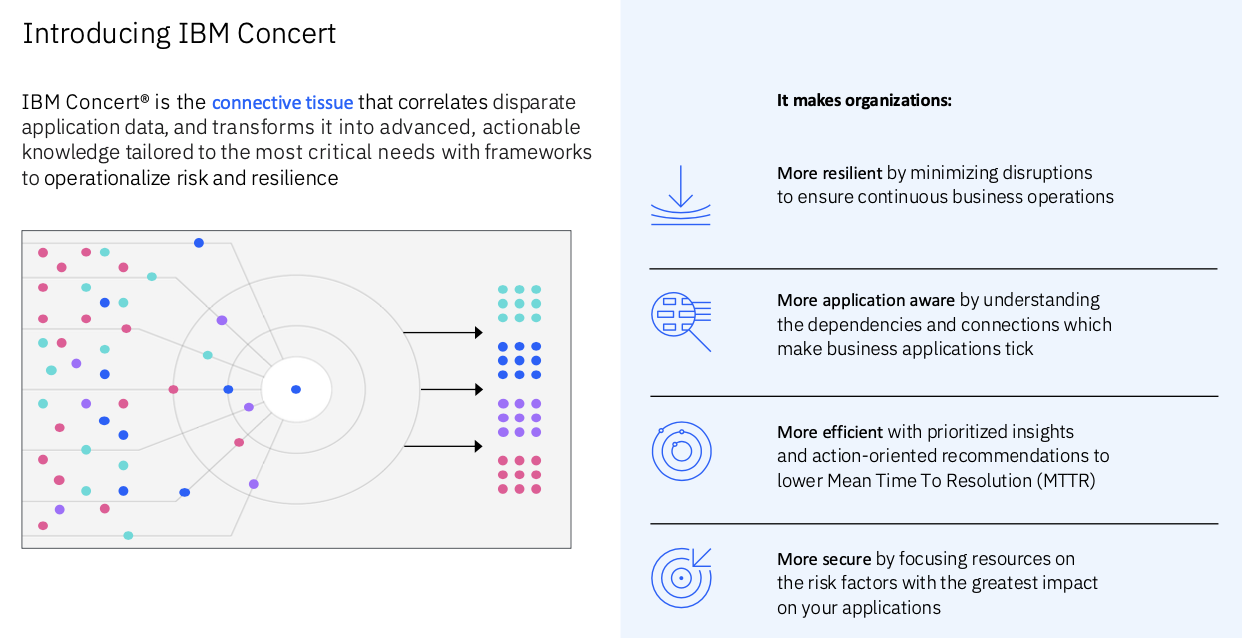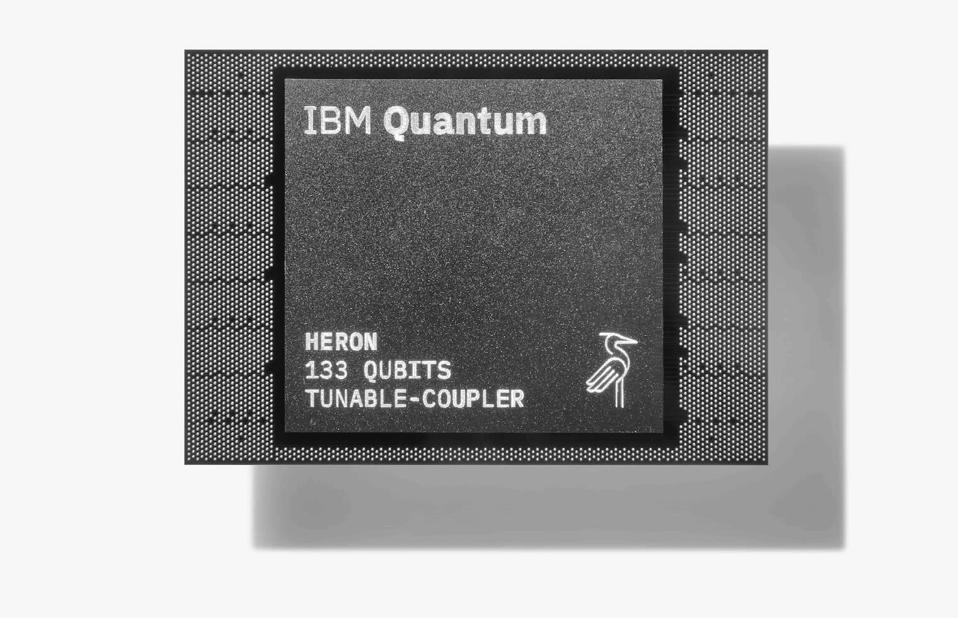IBM recently released Granite 3.0, its third generation of LLMs, designed to balance performance with safety, speed, and cost-efficiency for enterprise use. Its flagship model, Granite 3.0 8B Instruct, is a dense, instruction-tuned LLM optimized for enterprise tasks, trained on 12 trillion tokens across multiple languages and programming languages.
Granite 3.0 models support applications like text generation, coding tasks, and tool-based use cases and are available through platforms like IBM watsonx, Hugging Face, and Google Vertex AI. Future updates will expand context windows and add multilingual and multimodal capabilities.
Granite 3 Family of Models
IBM’s Granite 3.0 family of LLMs includes a range of models designed for diverse enterprise use cases, each with unique characteristics to enhance performance and flexibility:
- Granite 3.0 8B Instruct: This is IBM’s flagship model—a dense, decoder-only LLM, fine-tuned for instruction-following tasks. It has been trained on a massive corpus of over 12 trillion tokens, spanning 12 natural and 116 programming languages. Despite its relatively compact size (8 billion parameters), it offers performance on par with larger models from competitors like Meta and Mistral AI, especially on enterprise-focused benchmarks. This model suits workflows involving natural language processing (NLP), code generation, and tool integration.
- Granite Guardian 3.0: The Granite-Guardian models (available in 2B and 8B parameter versions) act as guardrails, specifically tuned to detect and manage risk factors such as hallucinations, bias, profane content, and adversarial prompts. These models outperform competitors like Meta’s LlamaGuard in risk management, making them ideal for industries with strict regulatory and governance requirements, such as finance and healthcare.
- Mixture of Experts (MoE) Models: IBM introduces its first MoE models with Granite 3.0. These models offer high inference efficiency with minimal performance trade-offs, especially in environments requiring low latency or limited computational resources, such as edge devices. The Granite 3B-A800M and Granite 1B-A400M models feature active parameter counts of 800 million and 400 million, respectively, enabling highly efficient, cost-effective deployment for on-device or real-time applications.
- Speculative Decoding: One of the key innovations in Granite 3.0 is the introduction of speculative decoding, particularly in the Granite-3.0-8B-Instruct-Accelerator model. This technique speeds up text generation by allowing the model to predict multiple tokens simultaneously, leading to a 220% increase in inference speed.
Analysis
The market for LLMs like Granite 3.0 is rapidly evolving, with a mix of leading technology companies, open-source initiatives, and specialized AI startups vying for dominance. IBM’s competitors in the market include OpenAI, Meta, Google, and Anthropic, each offering their own LLMs optimized for various applications. These models are typically evaluated based on size, performance, safety, and adaptability to enterprise use cases. Granite 3.0 enters a crowded field in this context, but it brings unique features that could shift competitive dynamics in several ways.
IBM Granite 3.0 is a powerful tool for enterprises. Its combination of performance, safety features, and cost-efficiency makes it a viable option for a wide range of industries. With its commitment to transparency and open-source development, Granite 3.0 stands out as a flexible and secure AI solution for businesses seeking to enhance their workflows through advanced AI technologies.
By focusing on enterprise-specific needs, prioritizing safety, and offering an open-source, transparent approach, Granite 3.0 challenges the status quo of closed, general-purpose AI models. Its impact will be felt most in industries that require a high degree of control, customization, and compliance in their AI tools, making it a strong contender in the ongoing race to meet the growing demands of enterprise AI. This is IBM’s natural market.





